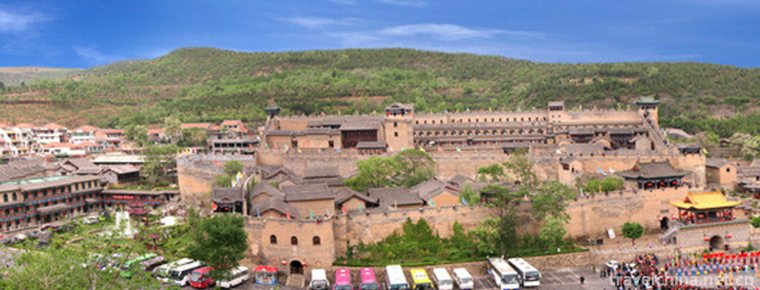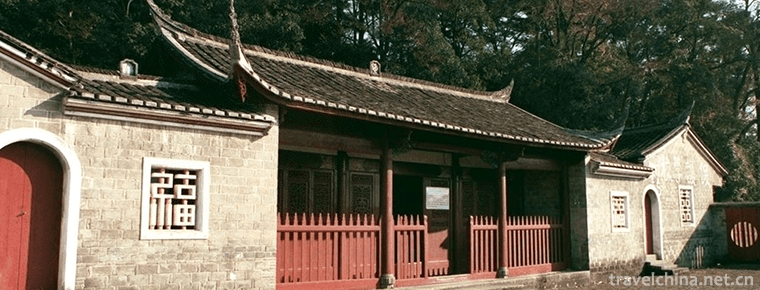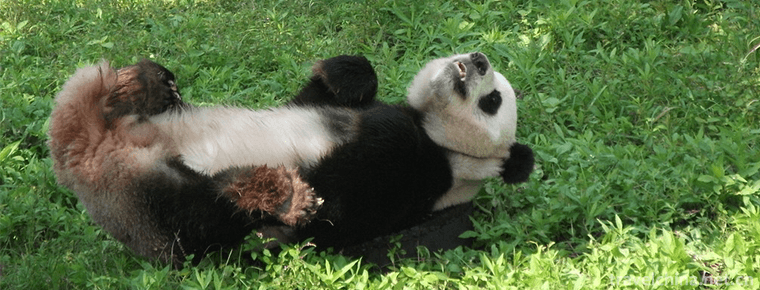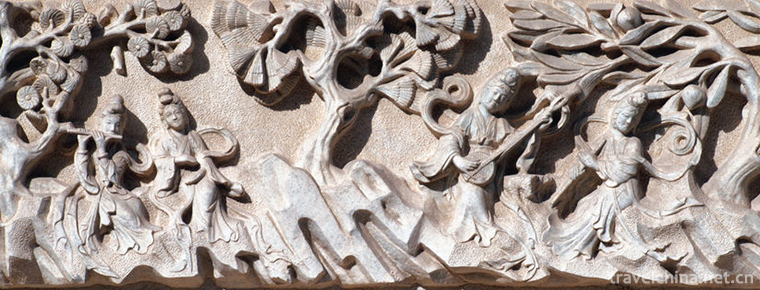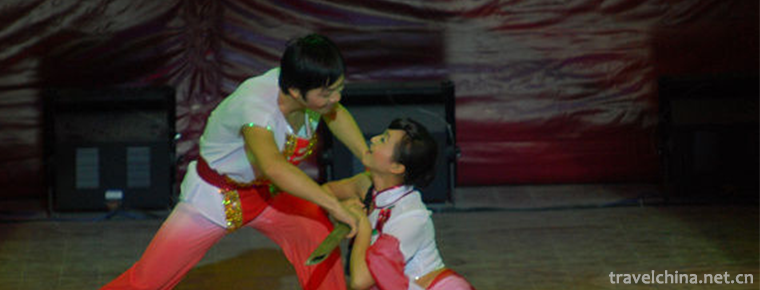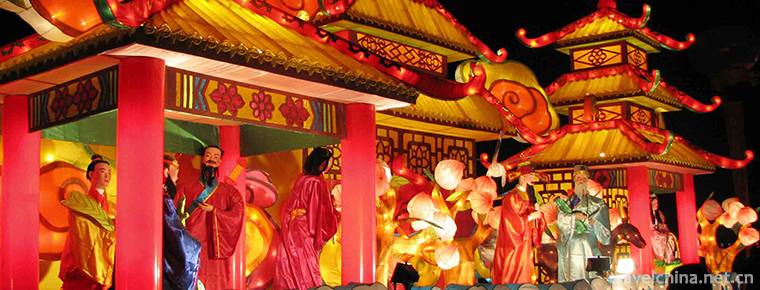Construction Techniques of Jingdezhen Traditional Porcelain Kiln Workshop
Construction Techniques of Jingdezhen Traditional Porcelain Kiln Workshop
Jingdezhen traditional porcelain kiln workshop building skills, Jiangxi Province Jingdezhen local traditional ceramic industry building and building skills, one of the national intangible cultural heritage.
Jingdezhen traditional ceramic kiln workshop construction technology is a kind of traditional ceramic kiln through the bricklaying, kiln repair, cha kiln, plastering and other steps to complete the traditional ceramic kiln.
On May 20, 2006, the craftsmanship of Jingdezhen traditional porcelain kiln workshop was listed in the first batch of national intangible cultural heritage list of traditional craftsmanship, item number_-29.
historical origin
According to Jingdezhen Taolu, there were two porcelain kilns in Jingdezhen in the Tang Dynasty, namely "pottery kiln" and "Huo kiln". The prevailing view is that the traditional porcelain kiln workshop in Jingdezhen should start in the Five Dynasties. "History of Chinese Ceramics" says, "Shengmeiting (formerly called Yangmei Pavilion), Shihuwan and Huangnitou in Jingdezhen, Jiangxi Province, are the earliest kiln sites for firing white porcelain in southern China.
In the Song and Yuan Dynasties, with the prosperity of Jingdezhen ceramics, the traditional porcelain kiln workshop in Jingdezhen also had a new development. According to The History of Jiangxi Ceramics, "Kilns are all around Jingdezhen... Shi (Bai) Huwan, Xianghu Street, Nanshi, Yingtan, Liujiawan, Sanbaobang, Ningcun, Niufeiling, Fengwan, Hutian and Dongjiawu,... It is not only the place where the kiln is located, but also the commercial transit place for the export of porcelain.
By the Ming and Qing Dynasties, the imperial kiln factory was set up in Zhushan, and Jingdezhen became the center of China's ceramic industry. The traditional kiln workshop in Jingdezhen also made a qualitative leap in its construction skills. At this time, the traditional kiln workshop in Jingdezhen's ceramic industry has entered a mature stage.
Process characteristics
The unique shape, structure, material and function requirements of kiln body, kiln house and billet house have contributed to the unique skill of kiln house construction. For example, since Yongzheng in Qing Dynasty, Jingdezhen is the most popular town kiln. Egg-shaped Town kiln belongs to flat flame kiln, which combines the advantages of Longyao kiln, steamed bread kiln and gourd kiln.
Masonry houses (i.e. workshops) are important production sites, with both residential functions and compact layout. The traditional kiln house in Jingdezhen has the triple functions of spacious ventilation, economy and practicality, warehouse, production workshop and living room. It puts forward high building standards for builders, requires superb craftsmanship and unique style, which creates the urban landscape of Jingdezhen, and achieves the building skills of Jingdezhen's ceramic industry buildings.
In Jingdezhen, kiln building (kiln building) and kiln mending (kiln repairing) are called "twin kilns". Its skill is very important in the porcelain industry. Owing to the unique skills of kiln building, kiln repairing, fir kiln and mud plastering, kiln owners often respect these stores and technicians very much and dare not neglect them. The craftsmanship of the twin kiln is the most profitable link in the production of the porcelain industry. Each kiln can get 40 silver yuan. Even if some kilns don't have twin kilns in a year, they have to give two loads of rice to the twin kiln shop every time they are fired, as the living expenses of the master of the twin kiln. According to legend, a kiln worker can earn 100 tons of rice a year. The workers in the twin kilns are busy from the first month of the lunar calendar to March every year, but they are leisurely in the rest of the year. So Jingdezhen has a folk proverb, "Life is good, Yu Fang-lao (referring to the master surnamed Yu of the twin kiln)". It usually takes five days to build or repair a kiln. The cramped kiln master is responsible for several major technical tasks, such as laying kiln foundations, kiln knots and sealing kiln awnings. The kiln chimney and the rest of the work are completed by the towers, watchmakers and four apprentices of the kiln household. Since the late Qing Dynasty, the master of Jingdezhen Longyao kiln was a member of the Yu family in Yufang Village, Huamen Lou, Duchang County. Their cramped kiln skills are taught only by their nephews and sons. Only when their apprentices are especially short of manpower can they return to Duchang and select a small number of ethnic groups to learn art.
Inheritance and protection
Inheritance value
As an important part of Chinese traditional porcelain culture, Jingdezhen's traditional ceramic industry construction technology is the cultural wealth handed down from generation to generation by the Chinese nation. Jingdezhen's traditional ceramic workshop and kiln house construction techniques bear extensive and profound ceramic culture of the motherland and the earliest germination of national capitalism. They compose the most brilliant chapter of ancient Chinese handicraft civilization. They are also rare site material evidence of ancient Chinese workshops'handicraft industry. They have unique and rich historical, scientific, folklore and tourist landscape values. Its main contents are kiln house building skills and billet house building skills.
Jingdezhen's traditional ceramic workshops, kilns and construction techniques are directly and substantially related to the world-renowned Jingdezhen porcelain. Ancient beautiful artistic porcelain comes from these historical relics immersed in unique skills. Despite the vicissitudes of life, Jingdezhen has retained a large number of large-scale and fairly complete and complex relics of the porcelain industry system of past dynasties, which are still continuing and infiltrating Jingdezhen culture. The traditional architecture and techniques of Jingdezhen porcelain industry are one of the most valuable parts. For Jingdezhen, this intangible cultural heritage is one of the basic identification signs of Jingdezhen as a world brand, and one of the important foundations for the existence and development of Jingdezhen folk culture. Protecting this unique and important cultural heritage, studying and developing its traditional essence will provide a powerful inspiration for building a more attractive future civilization.
Inheriting characters
Yuyunshan, male, was born in May 1942. On May 26, 2009, Yuyunshan was selected as the representative successor of the third batch of national intangible cultural heritage projects and declared by Jiangxi Province. Project Name: Jingdezhen Traditional Porcelain Kiln Workshop Construction Techniques.
Hu Jiawang, male. In May 2018, Hu Jiawang was selected as the representative successor of the fifth batch of national intangible cultural heritage projects and declared by Jiangxi Province. Project Name: Jingdezhen Traditional Porcelain Kiln Workshop Construction Techniques.
protective measures
In July 2016, Jizhou Kiln Scenic Area in Ji'an City, Jiangxi Province, needs to build a steamed bread kiln. Yu Zuxing, a son and apprentice of Yuyunshan and a representative inheritor at the provincial level, went to build the kiln alone. At this time, the inheritor was sick in bed. Therefore, considering various factors, the inheritor's son Yu Zuxing took the place of the production of the inheritance teaching film. While building the kiln, he explained and demonstrated the skills of the inheritor's professor. Art.
social influence
Important activities
On June 14, 2014, "China Cultural Heritage Day 2014" was held in Jingdezhen City, Jiangxi Province. It represents the first time that Jingdezhen ancient kiln has been rejuvenated and opened, which represents the construction skills of Jingdezhen traditional porcelain kiln workshop.

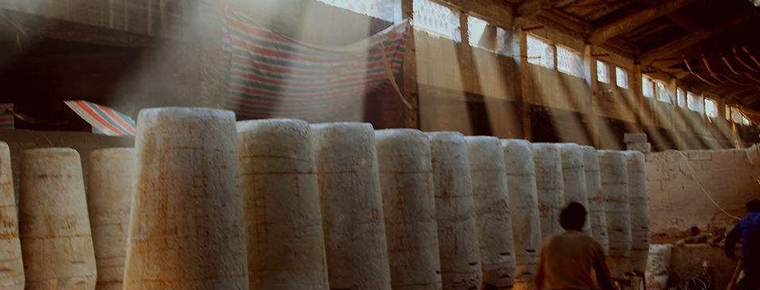
-
Ruoergai CountyZoige County
Zoige County is located in the northeastern edge of the Qinghai-Tibet Plateau.
Views: 160 Time 2018-10-12 -
Mount Emei
Mount Emei is located in Mount Emei, Leshan City, Sichuan Province, China..
Views: 371 Time 2018-10-13 -
Royal Prime Ministers Palace
Huangcheng Xiangfu (National AAAAA Scenic Area) is located in Beiliu Town, Yangcheng County, Jincheng City, Shanxi Province..
Views: 144 Time 2018-11-24 -
Gutian tourist area
It is understood that in 2008, Gutian Tourist Area was rated as a national 4A-level tourist attraction. In 2013, in order to further promote the development of tourism industry and upgrade the brand.
Views: 156 Time 2018-12-08 -
Shanghai Wildlife Park
Shanghai Wildlife Park, located at 178 Nanliu Highway, Pudong New Area, Shanghai, is the first National Wildlife Park in China built by the Shanghai Municipal People's Government and the State Forestr.
Views: 123 Time 2018-12-19 -
stone carving
Stone carving refers to the use of various carvable and carvable stones to create a visible and touchable artistic image with a certain space, in order to reflect social life, express the artist's aes.
Views: 236 Time 2019-06-15 -
Yihuanghe Bar Dance
Hebang dance is popular in Hedong area of Yihuang County, Jiangxi Province. It is a kind of traditional folk dance developed by mountain people from generation to generation, chopping branches on the .
Views: 250 Time 2019-07-12 -
The Lantern Festival
Lantern Festival, also known as the Lantern Festival, the Little January Festival, the Lantern Festival or the Lantern Festival, is one of the traditional festivals in China. The first month is the fi.
Views: 321 Time 2019-07-16 -
Firing Techniques of Zibo Ceramics
During the Wei, Jin, Southern and Northern Dynasties, Zibo began to produce porcelain. During the Tang and Song Dynasties, the technology of making porcelain was constantly improving. During the Ming .
Views: 196 Time 2019-08-16 -
Beijing Foreign Studies University
Beijing Foreign Studies University is located in the West Third Ring Road north of Haidian District, Beijing. On the two sides of the three ring road, there are two East and West campuses, which are d.
Views: 148 Time 2019-09-06 -
Longhua Town
The synonym Longhua ancient town generally refers to Longhua town.
Views: 147 Time 2020-10-16 -
Introduction to Chinese embroidery
Embroidery, known as needle embroidery in ancient times, is a kind of technology that uses embroidery needle to guide color thread, embroiders the designed patterns on textiles, and forms patterns with embroidery traces. In ancient times, it was called "Juju" and "pinju"..
Views: 100 Time 2020-12-12


